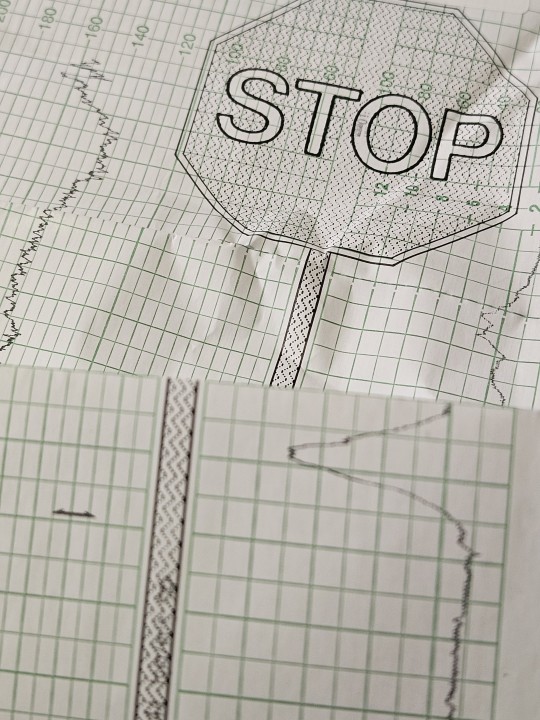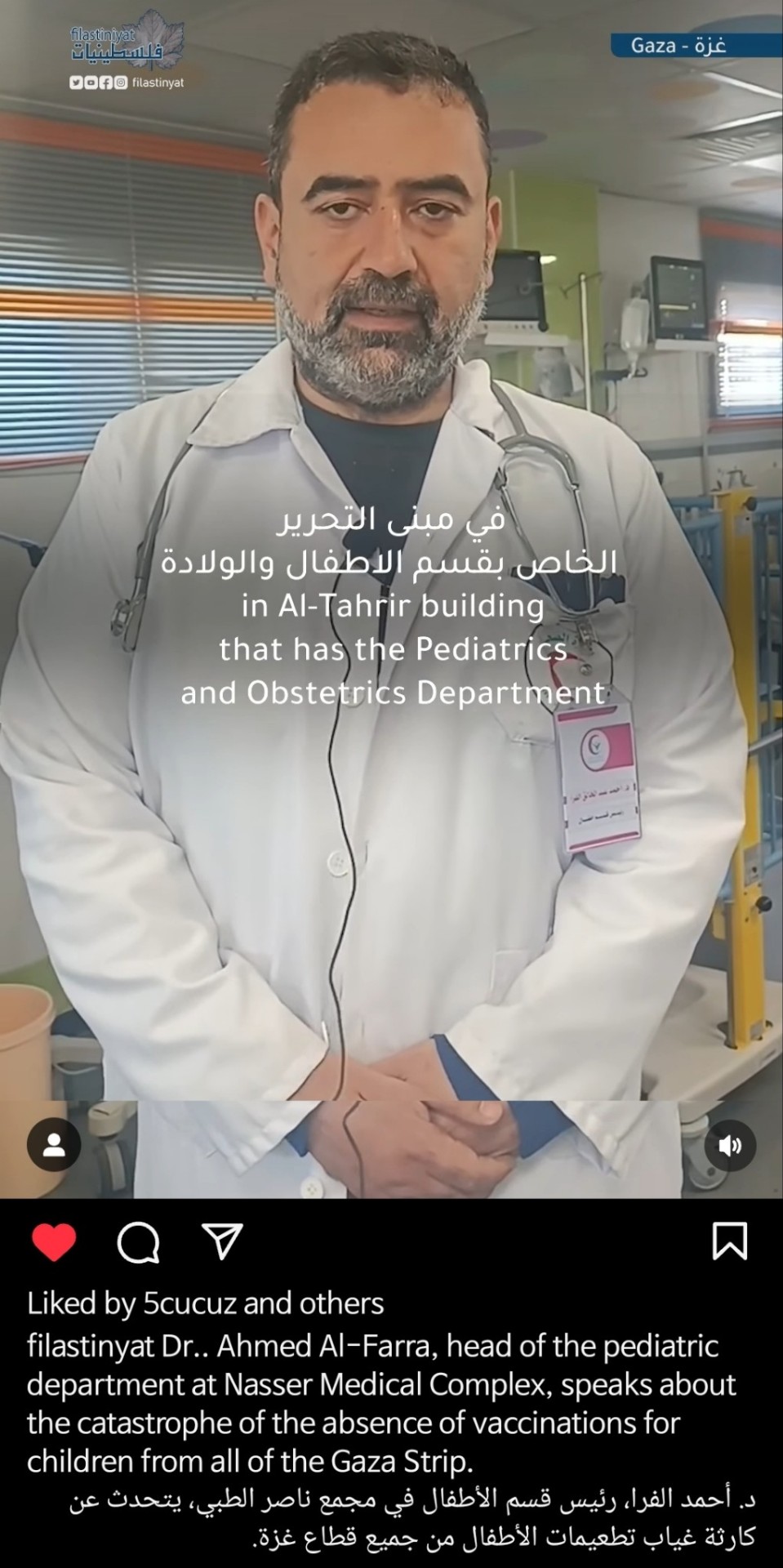#paediatric medicine
Text




paeds rotation is nearly coming to an end 🥹 I only hope internal medicine is not too hard on me.
#medicine#medblr#medblog#junior doctor diaries#junior doctors#junior doctor#paediatrics#pediatriccare#neonatology
87 notes
·
View notes
Text




What paediatrics rotation look like
#studyblr#med life#medicine#studyspo#medblr#paediatrics#studygram#medical student#medical stuff#study motivation#100 days of productivity#medical studyblr#study notes#study aesthetic#college#studying#dark academia#random#rotation#medics#med student#linastudyblrsblog#studystudystudy#linastudyblrsbog
300 notes
·
View notes
Text
instagram

#paediatrics#childrens health#childrens rights#childrens immune system#endisraelsgenocide#palestine#gaza#basic human rights#i stand with palestine 🇵🇸#free gaza#free palestine 🇵🇸#gaza strip#free palestine#gazaunderattack#palestine resources#medical crisis#medicine crisis#israel is a terrorist state#israel is committing genocide#Instagram
14 notes
·
View notes
Text
Every day in adult healthcare makes me realize that I'm a lot more empathetic and caring than I thought
#some doctors are wild#makes me appreciate paediatrics more and more#where they actually listen to patients#residency#medicine#medblr
16 notes
·
View notes
Text
Highlights of the internship - Week 18:
• The last two days of paediatrics — FINALLY. And the start of internal medicine.
• When I said goodbye to the small surgical procedures room’s staff, they were like, “oh nooo. But we were so used to seeing you. We can gather signatures for you to keep you here ahaha.” 🥹🥹
• Going to miss only ob/gyn part of this hospital.
• At general medicine, I started in endocrinology clinic. We were supposed to get there 30 minutes earlier than the doctor and start admitting the patients, taking their history and getting them ready for the doctor. When she comes, we start admitting them together. This will be the sum of my two weeks here.
• I had the night shift of the first day. I don’t like the first day night shifts!! Nothing requiring an intern really happened so it was calm, at least.
• I got a text from my friend about our gynaecologic oncology attending. He told the nurses she and I are his favourites and firsts, the ob/gyn doctors of the future 🥹🥹🥹 stoppp 🥹🥹🥹
#medical student#medical stuff#medical school#medblr#6th year#internship#paediatrics#internal medicine#night shift memories#ob/gyn#endocrinology
4 notes
·
View notes
Text
No F this I am done
Some people don’t deserve to be parents
I am on yet another day and half shift and this 12 day old baby just came in with her bilirubin sky high and her weight super low (she’s still at birth weight and had lost weight since her fifth day of life) because THE FREAKING SHITS THAT CALL THEMSELVES HER PARENTS had been only breastfeeding her for 10 minutes every 3 hours and topping up with 20ml of formula BY CUP AND NOT BY BOTTLE and she’s so severely dehydrated she’s PEEING ONLY ONCE EVERY TWELVE HOURS
AND GUESS WHAT THE TOILET STAIN OF A FATHER SAID WHEN I WAS LIKE WHAT THE HECK DO YOU THINK A 12 DAY OLD BABY CAN DO WITH A CUP OF MILK
He was like Huh? I thought it was ok. The baby didn’t like drinking milk it’s not my fault
THIS IS THEIR SECOND CHILD HOW IS THE FIRST EVEN FREAKING ALIVE
#medicine#paediatrics#residency#pediatrics#how obsessed must you be with breastfeeding to starve your child for it#they thought giving a bottle meant the kid would never return to breastfeeding apparently#I’m so mad#I can’t yell at them in the ward because professionalism but I told the dad off very sternly#the mother’s not here because only one gets to stay with the baby#I’m like you don’t get a freaking choice feed effing formula now#medical happenings#my post#this shift started out ok initially and I even posted a new chapter#but like 16 hours in this happens and I am reminded paediatrics also gets a steady stream of cases#from FREAKING IDIOTS WHO SHOULDN’T HAVE PROCREATED#END YOUR FREAKING LINE#like the worst thing is this isn’t prosecutable because they’ll claim stupidity and the evidence points to that#dunno man I’m just gonna try to sleep it 12:30 am watch this they’re gonna call me im half an hour saying her bilirubin is stratospheric
31 notes
·
View notes
Text
Looking at a Systematic Review of Environmental Risk Factors for Child Stunting
Child stunting, characterized by impaired growth and development, is a significant public health concern globally. While nutrition plays a crucial role, there are other environmental factors that contribute to this condition. In this blog post, we will delve into the findings of a systematic review conducted by Vilcins et al. (2018) to highlight the key environmental risk factors associated with child stunting. This research sheds light on the multifaceted nature of stunting, beyond nutritional aspects, and provides valuable insights for effective interventions.
Household Air Pollution:
The systematic review by Vilcins et al. emphasizes the impact of household air pollution on child stunting. Exposure to indoor air pollution from sources like solid fuel for cooking and heating, such as biomass or coal, can lead to respiratory infections and chronic inflammation. These conditions can impair a child's growth and development. For instance, in regions where solid fuel is commonly used, such as parts of Africa and Asia, children exposed to high levels of indoor air pollution have an increased risk of stunting.
2. Water, Sanitation, and Hygiene (WASH) Practices:
Inadequate access to clean water and sanitation facilities significantly contribute to child stunting. Vilcins et al. highlight how poor WASH practices, including limited access to clean water for drinking and hygiene, and inadequate sanitation facilities, increase the risk of infectious diseases and nutrient deficiencies. For example, in areas where open defecation is practiced, the risk of stunting is higher due to the increased likelihood of fecal-oral transmission of diseases like diarrhea and intestinal parasites.
3. Environmental Contaminants:
The presence of environmental contaminants, such as heavy metals and pesticides, is associated with child stunting. Exposure to these pollutants, either through contaminated soil, water, or food, can interfere with a child's growth and development. For instance, in agricultural communities where pesticides are extensively used, children may be exposed to these harmful substances, which can impair their cognitive development and contribute to stunting.
4. Poor Housing Conditions:
Inadequate housing conditions, including overcrowding, lack of ventilation, and dampness, are identified as risk factors for child stunting. These conditions increase the likelihood of respiratory infections, which can impact a child's nutritional status and growth. For example, in slum areas with crowded living spaces and insufficient ventilation, children are more susceptible to respiratory illnesses, leading to stunting.
Vilcins et al.'s systematic review highlights the environmental risk factors associated with child stunting beyond nutritional aspects. Household air pollution, poor WASH practices, exposure to environmental contaminants, and inadequate housing conditions all contribute to stunting. Addressing these factors requires comprehensive interventions that improve access to clean energy, promote proper WASH practices, reduce environmental pollution, and enhance housing conditions. By understanding and addressing the environmental risk factors associated with child stunting, policymakers, health professionals, and communities can work together to develop effective strategies for prevention and intervention. It is through targeted actions and investments in improving environmental conditions that we can reduce child stunting rates and ensure healthier futures for children worldwide.
References!
Vilcins, Dwan, Peter D. Sly, and Paul Jagals. "Environmental risk factors associated with child stunting: a systematic review of the literature." Annals of global health 84.4 (2018): 551.
#medical anthropology#medicine#global health#global medicine#child stunting#paediatrics#social determinants#systemic review#anthropology#scientific literacy#environmental factors
2 notes
·
View notes
Text

Newborn immunization is crucial for protecting infants from serious diseases like measles, polio, and whooping cough. By vaccinating 💉babies according to recommended schedules, parents safeguard their child's health and contribute to community immunity, preventing the spread of infectious diseases. Regular immunization appointments ensure comprehensive protection from infancy onwards.
#paediatric#nelsonhospitallucknow#nelsonhospital#paediatrician#aliganj#parenting#medicine#doctors#vaccination#ProtectTheFuture
0 notes
Text
I had a realisation and it started with fanfic (oops)
sometimes I think about difficult conversations and people being labelled "obstructive" and "behaviour that challenges" (I hate this phrase for various reasons) and go, oh, they just want to be heard.
and I think unconsciously, partly, I was processing this:
#fanfic#power of stories#narrative medicine#doctoring#mental health#medicine#emergency medicine#paediatrics#because community paeds was where I encountered the phrase “behaviour that challenges”#clinical communication#but really it's about fanfic#ao3
0 notes
Text
November 17th - World Prematurity Day

#World prematurity day#Prematurity#Prematures#nicu#Medicine#Paediatrics#Awareness#Prematurity awareness#Healthcare#pregnancy#babies#infants
0 notes
Text




But first coffee
#study aesthetic#studyblr#medicine#med life#studyspo#coffee#coffetime#studygram#medical student#studying#university#paediatrics#medblr#study with me#studystudystudy#studyblog#100 days of productivity#photography#dark academia aesthetic#dark academia#linastudyblrsblog
109 notes
·
View notes
Text

At Heypills, we recognize the significance of homoeopathic dilutions as a fundamental aspect of homoeopathic practice. Buy Online Paediatric Disorders,Homeopathic Medicine from Heypills at affordable prices. for more details call now +91 9540046004
0 notes
Text
Choosing a Specialty
One of the most difficult decision for any clinician to make is choosing a specialty. It is a very daunting decision for a lot of doctors because you get exposed to so many aspects of medicine during training and each one has its advantage over the other. So how do you choose?
You go through an extensive training that gives you in-depth knowledge on a lot of topics from anatomy, physiology,…

View On WordPress
#Emergency Medicine#Gynaecology#Haematology#Health#Medical school#Medicine#Obstetrics#Oncology#Paediatrics#Psychiatry#Radiology#Surgery
1 note
·
View note
Text
Me, on my first paediatrics 28 hour shift having somehow possibly made a bad impression on the senior resident due to a nursing communication error:
*sobs* *sniffs* I suuuck *eats pho*
I mean. I’ve done well in every rotation so far it’s just this I the first time I’ve literally had to start from square one because I haven’t touched paediatrics since I was a med student four years ago
I know it’ll get better but the pressure of trying to revise for mid-specialty exams this august while doing 90 hour weeks really just exploded all at once when combined with the pressure of being a resident for a specialty I haven’t touched in years
Haven’t sobbed in hospital like that since my internship days, boi
47 notes
·
View notes
Text
#best ent in jaipur#best pediatrics in jaipur#best general & laparoscopic surgery in jaipur#best general medicine in jaipur#best ent hospital near me#best paediatrics in jaipur#best hospital general medicine in jaipur#best orthopaedics in jaipur#best orthopedics in jaipur#best gynaecology & obstetrics in jaipur
0 notes
Text
When your child is vaccinated, there are several things you can expect

Preparation: Before the vaccination appointment, your healthcare provider may provide you with information about the vaccines your child will receive, including their benefits, potential side effects, and how to care for your child after vaccination.
Appointment: During the appointment, a healthcare professional will administer the vaccines to your child. They may provide you with additional information and answer any questions you have.
Potential side effects: Vaccines can sometimes cause mild side effects such as redness or soreness at the injection site, low-grade fever, or fussiness. These side effects are generally mild and temporary, usually resolving within a few days.
Monitoring: After the vaccination, it's essential to monitor your child for any unusual or severe reactions. While serious reactions are rare, it's essential to seek medical attention if you notice anything concerning.
Protection: Vaccines are designed to protect your child from specific diseases by stimulating their immune system to produce antibodies. Over time, this builds immunity, helping to prevent illness and its complications.
Follow-up doses: Some vaccines require multiple doses to provide full protection. Your healthcare provider will let you know the recommended schedule for follow-up doses.
Record keeping: Keep a record of your child's vaccinations. This can include a vaccination card provided by your healthcare provider or a digital record if available. Having a record of vaccinations is essential for school enrollment, travel, and healthcare purposes.
Overall, vaccination is a crucial step in protecting your child's health and preventing the spread of vaccine-preventable diseases. If you have any questions or concerns about vaccinations, don't hesitate to discuss them with your healthcare provider.
0 notes